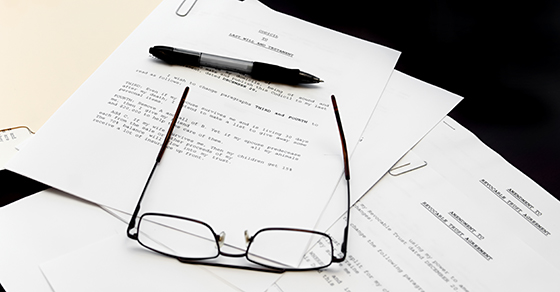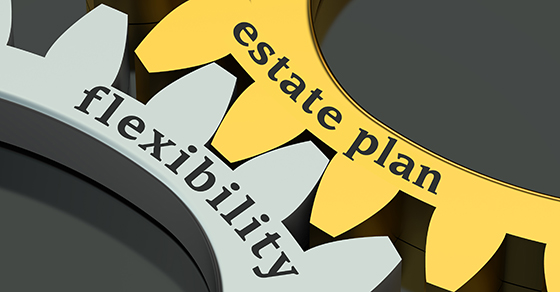Estate planning and investment risk management go hand in hand. After all, an estate plan is effective only if you have some wealth to transfer to the next generation. One of the best ways to reduce your investment risk is to diversify your holdings. But it’s not unusual for affluent people to end up with a significant portion of their wealth concentrated in one or two stocks.
There are many ways this can happen, including the exercise of stock options, participation in equity-based compensation programs, or receipt of stock in a merger or acquisition.
Sell the stock
To reduce your investment risk, the simplest option is to sell some or most of the stock and reinvest in a more diversified portfolio. This may not be an option, however, if you’re not willing to pay the resulting capital gains taxes, if there are legal restrictions on the amount you can sell and the timing of a sale, or if you simply wish to hold on to the stock.
To soften the tax hit, consider selling the stock gradually over time to spread out the capital gains. Or, if you’re charitably inclined, contribute the stock to a charitable remainder trust (CRT). The trust can sell the stock tax-free, reinvest the proceeds in more diversified investments, and provide you with a current tax deduction and a regular income stream. (Be aware that CRT payouts are taxable — usually a combination of ordinary income, capital gains and tax-free amounts.)
Keep the stock
To reduce your risk without selling the stock:
- Use a hedging technique. For example, purchase put options to sell your shares at a set price.
- Buy other securities to rebalance your portfolio. Consider borrowing the funds you need, using the concentrated stock as collateral.
- Invest in a stock protection fund. These funds allow investors who own concentrated stock positions in different industries to pool their risks, essentially insuring their holdings against catastrophic loss.
If you have questions about specific assets in your estate, contact us. We can help you preserve as much of your estate as possible so that you have more to pass on to your loved ones





